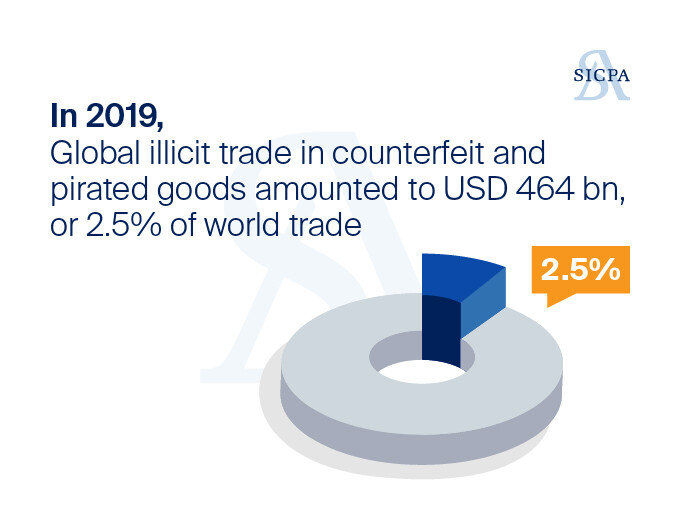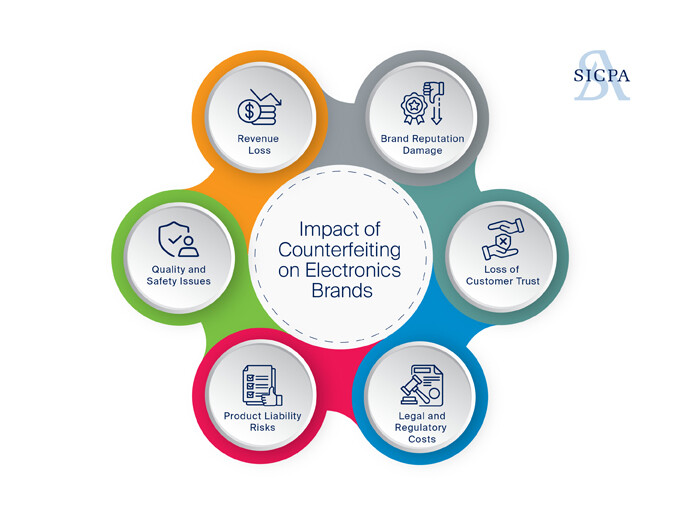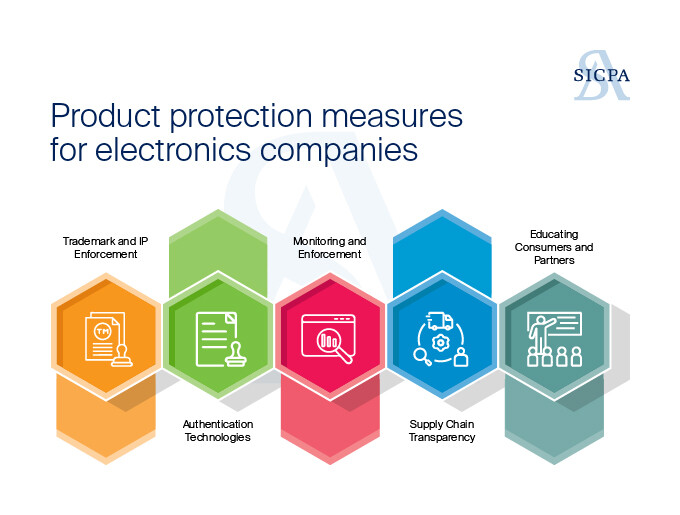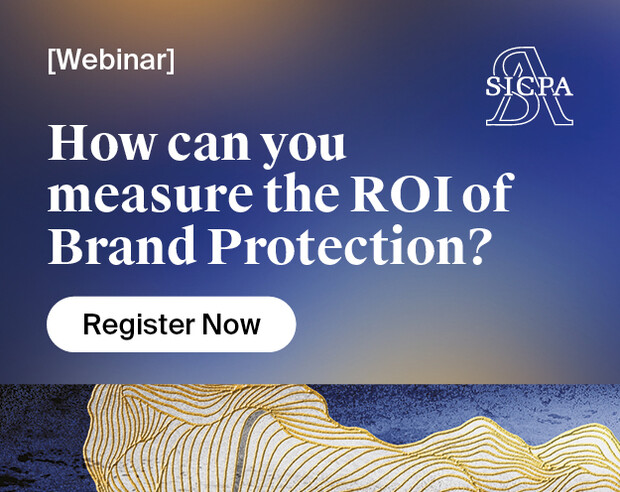
Securing Electronics: The Urgent Need for Anti-Counterfeiting Measures
The increase in the number of counterfeit products is a formidable challenge facing the electronics industry. This issue extends far beyond economic implications, posing significant risks to consumer safety, brand integrity, and technological innovation.
Beyond immediate financial losses for manufacturers, the presence of fake components in electronic systems can lead to severe safety hazards, potentially endangering lives. Moreover, when consumers unknowingly purchase counterfeit products, the resulting poor performance or failure is often attributed to the owning brand, causing reputational damage that can take years to rectify.
This article dives deep into the world of counterfeit electronics trade and its implications. We will explore the factors that make electronic products vulnerable to counterfeiting, analyse its impact on businesses and consumers, and learn the strategies you can adopt to combat this issue.
Understanding the Vulnerability of the Electronics Industry
According to the Organisation for Economic Co-operation and Development (OECD), the global illicit trade in counterfeit and pirated goods amounted to a whopping $464B which is about 2.5% of global trade. So counterfeiting is indeed a real threat.

When it comes to the electronics industry, despite the advancements, it is surprisingly vulnerable to counterfeiting. This can be attributed to reasons such as:
- High Demand: The global consumer electronics market size accounted for USD 809.30 billion in 2024 and is predicted to reach around USD 1406.47 billion by 2034, growing at a CAGR of 5.68% from 2024 to 2034. This insatiable appetite creates a lucrative opportunity for counterfeiters to slip their fake products into the mix.
- High Market Value: Some of these are not brand names; they're status symbols. Consumers are willing to pay premium prices for branded electronics, which means counterfeiters can make significant profits by selling fake versions at a fraction of the genuine price.
- Ease of Replication: As technology advances, so does the ability to create convincing fakes. Modern manufacturing techniques and materials make it increasingly difficult for the average consumer – and sometimes even experts – to distinguish between genuine and counterfeit electronics at first glance.
- Complex Supply Chains: The electronics industry operates on a global scale, with components often sourced from multiple countries before final assembly. This complexity creates numerous entry points for counterfeit parts to infiltrate the supply chain.
- Rapid Innovation: The electronics industry thrives on innovation, with new models and upgrades released at a breakneck pace. While this drives excitement and sales, it also creates opportunities for counterfeiters to capitalise on shortages or consumer impatience for the latest models.
How Counterfeiting Impacts Electronics Brands
The impact of counterfeiting on electronics brands goes far beyond just lost sales. It's a multi-faceted problem that can shake a company to its very foundation.

- Revenue Loss: When consumers inadvertently purchase counterfeit products, manufacturers experience a loss in sales.
- Brand Reputation Damage: A customer who purchases a counterfeit product under the impression that it is authentic is likely to hold the brand accountable when the product inevitably fails. This adverse experience can result in a loss of future sales and tarnish the brand's reputation in the market.
- Loss of Customer Trust: As counterfeit products increase in number, consumers become wary of purchasing from even legitimate sellers, fearing they might inadvertently buy a fake. This erosion of trust can be devastating for brands that rely on customer loyalty.
- Increased Legal and Regulatory Costs: Companies often find themselves embroiled in costly legal battles to protect their intellectual property and fight counterfeiters. These legal costs, along with increased compliance measures, can significantly impact a company's bottom line.
- Product Liability Risks: Faulty counterfeit products can lead to safety hazards, putting consumers at risk. In some cases, the original manufacturer may face legal repercussions or be forced to issue recalls, even if the problem originated with a counterfeit product.
- Quality and Safety Issues: Perhaps the most alarming impact is the risk to consumer safety. Counterfeit electronics often lack the rigorous safety testing of original products, leading to risks of electric shock, fire, or other hazards.
Common Tactics in Electronics Fraud
Understanding how counterfeiters operate is crucial in developing effective countermeasures. Here are some of the most common ways fake electronics infiltrate the market:
- Cloning of Popular Devices: High-demand electronics like smartphones and tablets are prime targets for counterfeiters. Using increasingly sophisticated methods, they create near-perfect replicas that can fool even discerning consumers.
- Fake Components and Accessories: It is not only complete devices that are at risk. Counterfeiters also target components and accessories such as chargers, batteries, and memory cards. These counterfeit parts can damage electronic devices and pose significant safety risks.
- Unauthorised Sales Channels: Online marketplaces and unregulated distributors provide an easy avenue for counterfeiters to sell their products directly to consumers. The anonymity and global reach of the internet make it challenging to track and stop these illegal operations.
Product Protection Measures for Electronics Companies
In response to these challenges, electronics companies are actively developing and implementing a variety of strategies to safeguard their products and customers.

- Trademark and IP Enforcement: Registering and vigorously defending intellectual property rights is crucial. Companies are increasingly taking a global approach to IP protection, recognising that counterfeiting is an international problem.
- Authentication Technologies: Advanced authentication methods like holograms, RFID tags, and tamper-evident seals provide ways for consumers and retailers to verify the authenticity of products. For instance, SICPA's security solutions, allow for real-time authentication across the entire value chain.
- Monitoring and Enforcement: Companies are utilising technology to monitor online sales channels, swiftly identifying and removing counterfeit listings. This proactive approach helps prevent counterfeit products from reaching consumers.
- Supply Chain Transparency: By partnering with trusted suppliers and implementing verification systems, companies can create more transparent and secure supply chains. This significantly complicates the entry of counterfeit components into the production process.
- Educating Consumers and Partners: Empowering consumers with the knowledge to identify counterfeit products is crucial. Companies are investing in educational campaigns to help customers spot counterfeits and understand the risks associated with buying from unauthorised sellers.
Legal and Regulatory Steps: The Systemic Approach
While the efforts of individual companies are crucial, tackling counterfeiting also requires a coordinated approach involving law enforcement and legal systems.
- Working with Law Enforcement: Electronics companies are increasingly collaborating with local and international law enforcement agencies to identify and shut down counterfeit operations. These partnerships can lead to large-scale seizures of fake goods and the dismantling of counterfeiting networks.
- Pursuing Litigation: Taking legal action against known counterfeiters serves two purposes: it can shut down specific operations and act as a deterrent to others considering entering the counterfeit market. While costly, these legal battles are often necessary to protect brand integrity and consumer safety.
Conclusion
As evidenced, the costs of counterfeiting go far beyond lost sales, threatening brand reputation, consumer trust, and even the safety of people. For electronics companies, investing in robust product protection measures is no longer optional – it's a necessity for survival in an increasingly complex market landscape. From leveraging cutting-edge authentication technologies to fostering greater supply chain transparency, businesses must adopt a multi-layered approach to safeguard their products and protect their brand integrity.
The electronics industry has always been at the forefront of innovation, continually expanding the limits of what is achievable. Now, it's time to apply that same innovative spirit to the challenge of product security. By doing so, we can ensure that the devices we rely on every day are genuine, safe, and trustworthy.
In this era of rapid technological advancement, let's not forget that true innovation isn't just about creating new products – it's about protecting the integrity of those innovations. The future of the electronics industry depends on it.
SICPA – LEADING THE FIGHT AGAINST COUNTERFEITING
SICPA possesses extensive and robust experience in the electronics industry. Learn more about our product and brand protection solutions and how they can benefit your business.
The Brand Protection Insider, by SICPA
Stay ahead in the fight against illegitimate trade with “The Brand Protection Insider” newsletter, by SICPA.
Receive quarterly the Product and Brand Protection newsletter - latest insights, innovative solutions, and expert advice directly to your inbox.
Join our community and build a safer, more reliable future for trade and commerce.
Sign up today!





